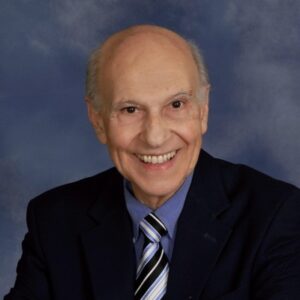Biblicum alumnus reflects from retirement
Anthony Tambasco
I was never a Jesuit, but I owe a lifetime career and a rich, biblical spirituality to the Society of Jesus—especially to the international flagship and first of the Jesuit universities, the Gregorian with its Biblical Institute and its Oriental Institute. When I had finished seminary training, the religious community for which I was ordained sent me for advanced studies in theology. It was just after the Second Vatican Council and its call for biblical renewal. At that time the Biblicum was THE school for graduate biblical studies, so I went to earn a Licentiate in Sacred Scripture. I recall vividly having to walk past the famous Trevi Fountain (“Three Coins in a Fountain”) on the way to class every day to learn from the Jesuit professors who pioneered all the scholarship that led to the Vatican Council’s document on Dei Verbum (The Word of God).
Two of my professors stand out in my mind, Carlo Martini and Albert Vanhoye, one inculcating all the tools I needed for historical/critical reading of the Bible, and the other leading me through interpretation of books like Hebrews and the Apocalypse. Apparently others appreciated their skills and their faith, since they both served terms as rector of the Biblicum. One later became Cardinal in the diocese of Milan and the other lives today in ripe old age with the honorary (non-voting) title of Cardinal. I fondly remember Stanislas Lyonnet as well, whose work on St. Paul and whose book, “Sin, Redemption and Sacrifice,” was foundational to my teaching and to the adult education that I did for the rest of my career. Luis Alonso Schökel impressed me by his openness to new types of interpretation, methods that seemed daring at that time, but are now commonplace.
Funny memories stay with me still. I remember Pietro Boccaccio teaching a class in Latin, falling into Italian as he went along, and then catching himself with a loud Italian exclamation of “Mamma Mia.” I remember one of my few American Jesuit professors, Robert North, giving us instructions on how to negotiate with a Turkish cab driver to get to see some of the many biblical sites in western Turkey. I also remember him telling many funny stories in his biblical geography classes in a Latin that had no little hint of American idioms.
I went to school in Rome with two members of my religious community, one a Haitian, the other a Brit, but soon discovered that the Biblicum was an international university training the leaders in the growing churches of the third world. I also met a religious sister who was one of the first to obtain a Licentiate in Sacred Scripture. What was a developing phenomenon has now become commonplace, with more women among the students and the preponderance of scholars-in-training now coming from South America, Africa, and Asia. This is where the Church is spreading and this is where the Greg continues to serve as a flagship university creating the scholars and teachers who will guide that growth. I support the Gregorian Foundation not only out of gratitude but also out of a sense of mission.
I eventually left my religious community but not my desire to teach and preach the Word of God. I considered that I still had this ministry, just in another form and with a wife. I earned a doctorate in Christian ethics, but stayed with my first love of Scripture that Jesuits at the Biblicum had nourished in me. My focus in Christian ethics concentrated on the use of the Bible for ethics and on social justice themes founded on the Bible. I was hired at Georgetown University to teach biblical studies and forged a career of thirty-five years, bringing to the first and flagship American Jesuit university what I had learned at the very first Jesuit flagship university in Rome. I am forever grateful for the deep love of Scripture that I could see in my professors, that rubbed off on me, and that I have been able to bring to others.



